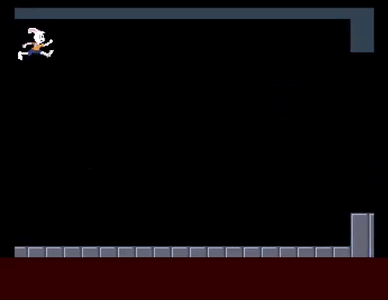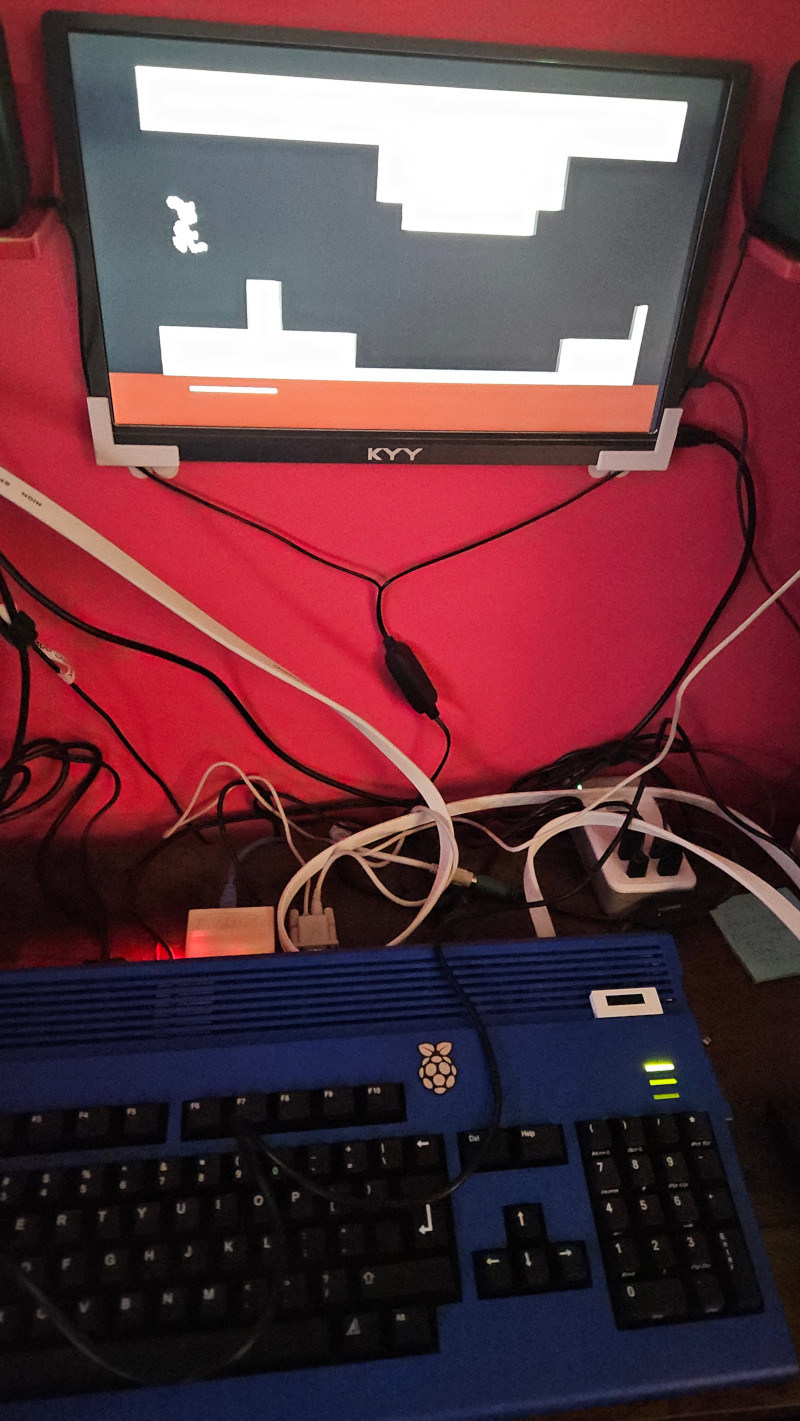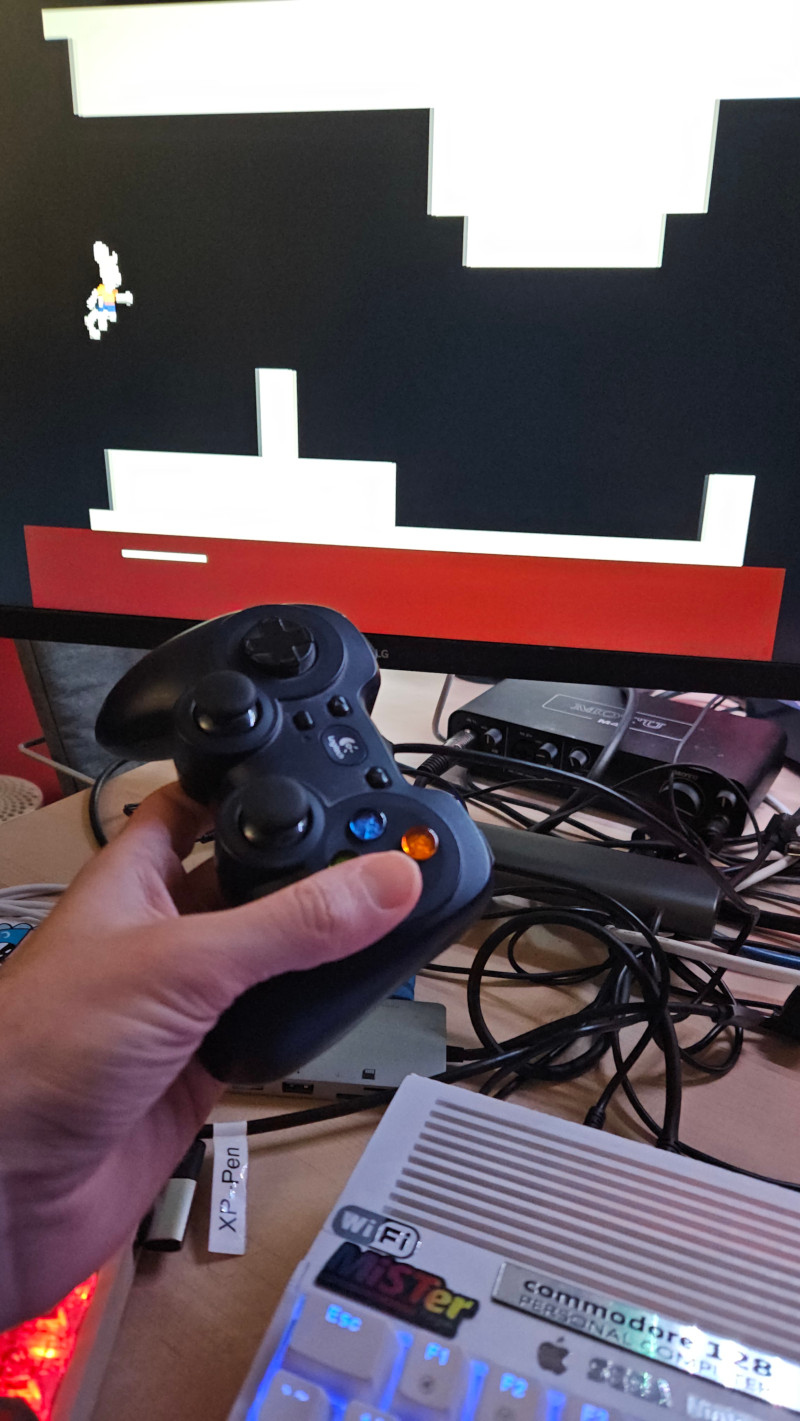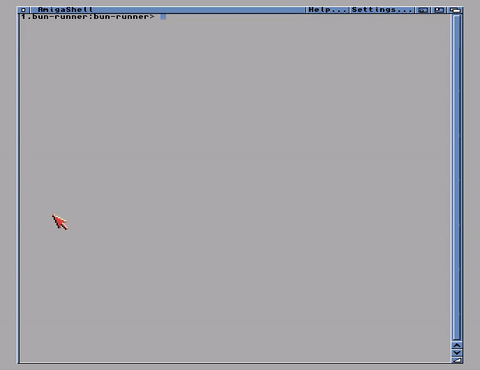Bun Runner Devlog -- 2024-10-25
Lots of progress this week!
- Full joystick handling, including getting the jetpack working and decent jumping physics
- Drawing lots more stuff on screen:
- Textured 4 bitplane floors
- 1 bitplane ceilngs
- The jetpack meter
- Collisions with the floor, ceiling, and walls work

I also fixed up some really stupid bugs and got the game working on my MiSTer and A1200:


Additionally, I tightened up the art pipeline so when I’m creating assets, it’s easy to get them into the game. I will need to figure out the best way to automate more of the XPK compression, too.
Next I’ll be getting the rest of the draw operations for the background into the game and spreading the writes to the double buffer over a few frames.


